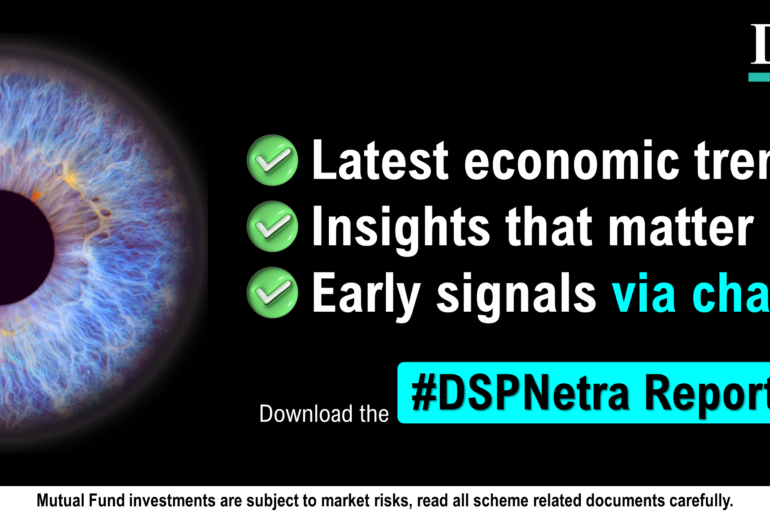Last Updated on Feb 9, 2023 by
Decoding the green energy sector and the play within this sector is divided mainly into three themes: energy transition, electric vehicle (EV) play, and recycling.
Here, also our investing style remains the same: research-based investing combined with
Scuttlebutt approach; second-order thinking along with supply-side analysis
Transitioning to clean energy is certainly the buzzword in the global economy. Why has it suddenly become so important than ever? Well, COVID-19 accelerated the clean energy adoption trend and also made us realize that the shift to green energy is fuelled by necessity. In addition, the Russia – Ukraine war also highlighted the quick shift to renewables is important. Apart from expansions in the core sector like power, roads, and metals, the new wave of CAPEX is likely to be (already commenced in some cases) in energy transition (renewables, EVs, decarbonization), the world moving towards ESG Compliance and sustainability, manufacturing setups driven by China plus one and consolidating vendor base.
Table of Contents
India realizing the scope of the renewable energy market
By 2040, the use of renewables in place of coal will save India Rs. 54,000 cr. ($8.43 bn) annually and by 2030, renewable energy will account for 55% of the total installed power capacity. Countries like India and Europe, which are fuel dependent on other nations, did realize the need to fill in the gaps after the energy supply disruptions for greater security after the pandemic and the war period. Hence, definitely, it’s a long-term and integral play for any economy to achieve sustainable growth.
According to an independent study by CEEW Centre for Energy Finance (CEEW-CEF), the EV market in India will be a $206 bn opportunity by 2030 if India maintains steady progress to meet its ambitious 2030 target. This would require a cumulative investment of over $180 bn in vehicle production and charging infrastructure.
ESG Compliance and Recycling is a global trend and on the agenda of many corporates/brand owners. Globally and in India, governments have become very strict regarding using recycled content and fulfilling EPR regulations. Brands are leaning on the term ‘circular economy’ when they are literally getting premiums for their products because of the sustainability quotient. The green impact of these products goes even beyond the recycling benefits. Its manufacturing takes significantly fewer resources.
Meanwhile, the counteractive policies of the government in the form of imposition of customs duties, PLI scheme, focus on renewable sectors, and import substitution policies to revive the CAPEX cycle and attract the private sector to drive capital formation and increase the multiplier effect. The government is very well trying to manage the near-term headwinds to keep up long-term growth intact. Overall, the outlook for India looks positive.
The green energy sector in 2023
We’re very grateful that in 2022, the clean energy sector has played very well for us and has become one of the favourites of our investors too. In the last year, the Green Energy smallcase has generated a return of 21.5% vs – 11.28% return of the Equity Small Cap Index. The outlook for 2023 remains positive as these themes are long-term in nature and takes time to play out.
Along with the energy transition, we believe the recycling theme should also perform well in the coming year. It’s quite evident that the world is moving towards renewables, and India can continue to make meaningful contributions globally as we’re also very much competitive in manufacturing these products. The entry of Reliance Industries and Adani Signals that the green time of this sector has come. Also, other private players like Tata Group, Waaree, and numerous other players large and small in size are in expansion mode too.
When government focuses, and expenditures are combined with private players coming in, the multiplier effect on the growth of the sector is huge. The thesis gets confirmed with our interactions with numerous players and visits to Solar Expo that there are huge activities brewing up in the sector.
Which stock has outperformed in the green energy sector in 2022?
Ancillary play on EV, Shivalik BiMetals gave a return of 67% in the last year, significantly outperforming the auto index. It is a market leader in bi-metallic strips and shunt resistors with end-user applications in electrical equipment and EVs. We’ve been tracking the company since 2018, and our confidence in it strengthened after our AGM-22 visit, where we understood the business in great detail from the two stupendous promoters themselves.
Sometimes, it is so surprising and inspiring to see a company from a small district like Solan supplying such niche critical products, competing and having a leading market position in the global world. The management and its capabilities are spots on in developing newer products, scaling them, and reaping benefits. Also, companies catering to power infrastructure have performed well in the last year.
Which stock do you expect will perform well in 2023?
Sustainability and ESG compliance is a big theme that we continue to remain invested in. It is a global trend and on the agenda of a large number of corporates/brand owners. One of our top bets for 2023 is Ganesha Ecosphere. The company is a leader in pet bottle recycling in India with an 18% market share, manufacturing r-PET chips, recycled polyester staple fibres, RPET yarn: spun yarn products, and filament yarn products. The regulatory changes in the recycling industry provide a platform for further growth.
The Indian government has announced a recycling policy for rigid plastic packaging effective from FY 2024-2025, and this limit would be extended by 10% every year till it reaches 60%, i.e., by FY 2028-2029, which brings this business into the mainstream. To capitalize on the EPR opportunity and fulfil the EPR liability of brand owners and manufacturers consuming plastic packaging for their products, the company is setting up a plant in Kanpur. The large CAPEX having higher EBITDA margins has just been completed. It is expected to operate at optimal capacity utilization in FY 2024. Global companies have set their sustainability targets and have trackers also to monitor if these are being achieved.
For instance, Coco Cola targets to use 50% recycled content by 2030, which is just 9-10% currently. Brands are leaning on the term ‘circular economy’ at a time when they are literally getting premiums for their products on account of sustainability quotient. The use of recycled polyester (pet bottle recycling) by leading brands such as Zara and H&M are some of the key aspects of sustainability initiatives in the fashion industry.
Likewise, the adoption of this trend has also spread to smaller companies. The green impact of this fabric goes even beyond the recycling benefits. Its manufacturing takes significantly fewer resources. Its production requires almost 60% less energy, and CO2 emissions are reduced by nearly one-third compared to virgin polyester. We expect this company to perform well in the coming years.
- Government Policy’s Role in Energy and Transportation Opportunities - Nov 6, 2023
- How To Take Advantage of Small-Cap Stocks To Make Good Profits - Apr 12, 2023
- What To Expect From Green Energy Sector in 2023? - Jan 19, 2023



